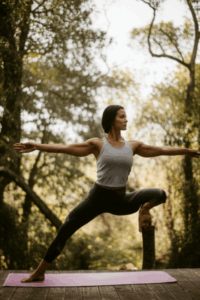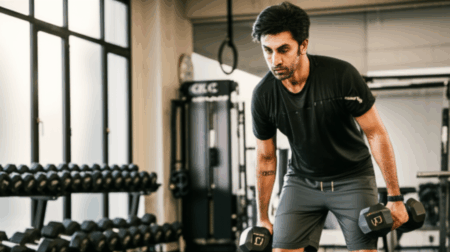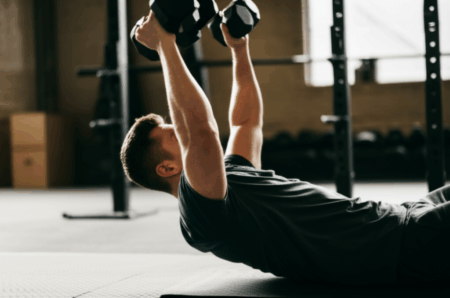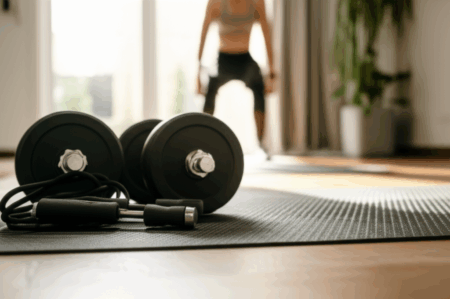In the ever-evolving world of fitness, finding a workout routine that is both effective and enjoyable enough to stick with long-term can feel like an endless quest. Many start with intense programs only to face burnout or boredom, leading to inconsistency. Enter the “3-2-1” workout method, a balanced and flexible approach designed to build strength, improve mobility, and boost endurance without overcomplicating your schedule. This trending routine offers a clear framework that caters to various fitness levels and lifestyles, making it a truly sustainable option for lasting health.
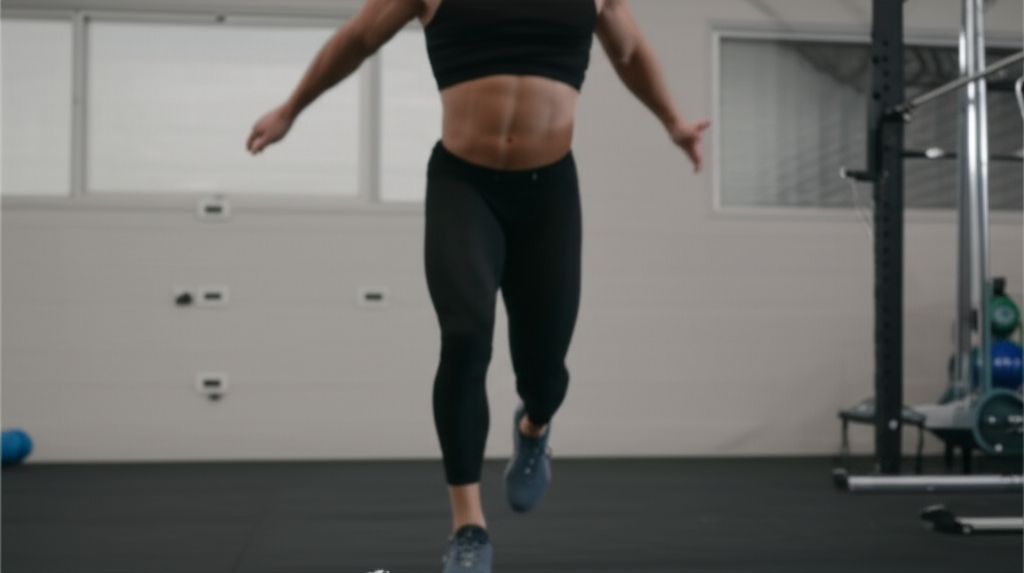
What is the 3-2-1 Workout Method?
At its core, the 3-2-1 workout method is a weekly training split that integrates three key fitness components: strength training, Pilates (or other low-impact, core-focused exercise), and cardio. The “3-2-1” directly refers to the number of sessions dedicated to each modality per week:
- 3 Strength Training Sessions: These sessions focus on building muscle mass, bone density, and functional power.
- 2 Pilates Sessions: Pilates emphasizes core strength, flexibility, balance, and improving posture, often incorporating controlled, precise movements. Other low-impact options like yoga or barre can also fit this category.
- 1 Cardio Session: This session is dedicated to cardiovascular health, elevating your heart rate and improving endurance.
Typically, this sums up to six active days per week, with the seventh day reserved for rest or active recovery. However, the beauty of the 3-2-1 method lies in its flexibility, allowing individuals to tailor the intensity, duration, and even the specific activities within each category to suit their personal goals, schedule, and energy levels.
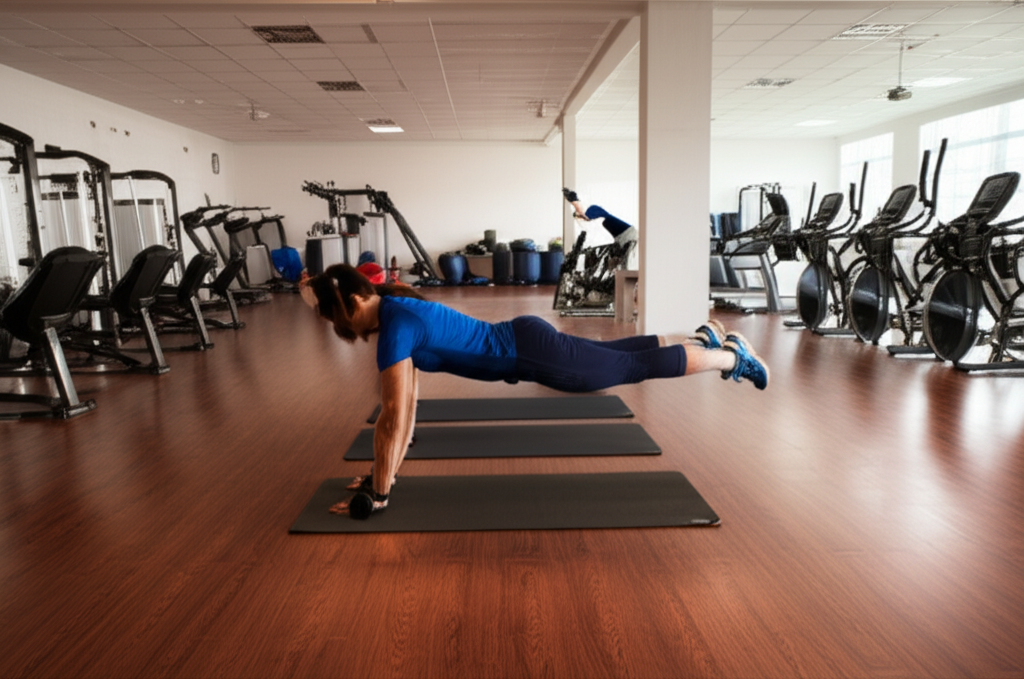
Why the 3-2-1 Method Promotes Consistency
Many fitness routines fail because they are too rigid, become boring, or lead to burnout. The 3-2-1 method addresses these common pitfalls, making it a routine people are more likely to adhere to for the long haul.
Eliminates Decision Fatigue
One of the most significant advantages of the 3-2-1 method is the clarity it provides. With a structured plan for each week, you know exactly what type of workout you need to do, eliminating the mental load of deciding on the spot. This clear schedule reduces friction, making it easier to simply plug your sessions into your calendar and get started.
Offers Balanced and Varied Training
Boredom and stale routines are major contributors to skipping workouts. The 3-2-1 method inherently incorporates variety by blending strength, core work, and cardio. This diverse approach not only keeps the mind engaged but also challenges different muscle groups and energy systems, leading to more comprehensive fitness improvements. It develops muscle, improves mobility, and boosts cardiovascular health.
Flexible and Adaptable to Your Life
Unlike programs with strict rules, the 3-2-1 method is a framework, not a rigid rulebook. You can adjust the length of each session (from 20 to 45 minutes), modify the intensity, and even swap the order of days to fit your lifestyle. If you’re feeling strong, you can push harder; if you need recovery, you can pull back. This flexibility is crucial for long-term adherence, as it allows the routine to adapt to life’s inevitable changes.
Built-in Recovery and Injury Prevention
By combining higher-intensity strength and cardio days with lower-impact Pilates sessions and dedicated rest, the 3-2-1 method prioritizes recovery. Pilates, in particular, aids in improving balance, flexibility, and reducing injury risk, which complements the demands of strength training. This thoughtful balance prevents overtraining and supports muscle recovery, making it sustainable for prolonged periods.
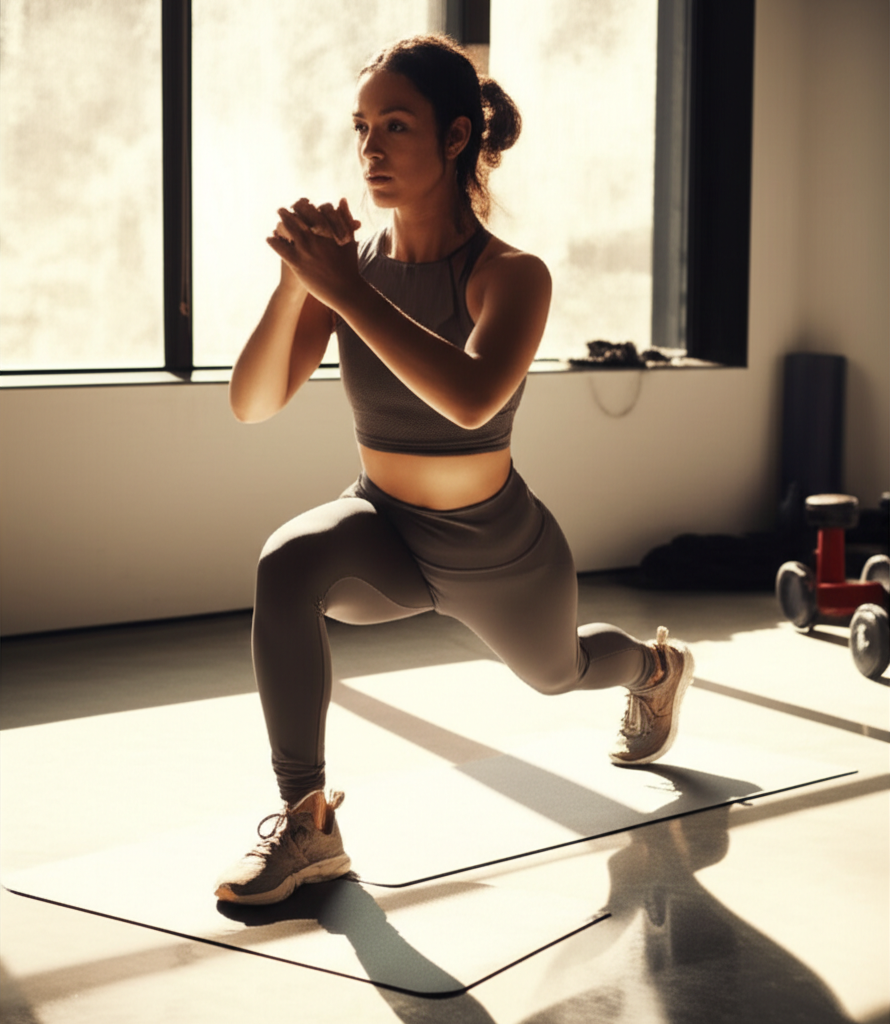
How to Implement the 3-2-1 Workout Method
Getting started with the 3-2-1 method is straightforward. Here’s how you can build a personalized and sustainable fitness routine:
Structure Your Week
A common weekly schedule might look like this, but remember it’s adaptable:
- Day 1: Strength Training (e.g., Upper Body)
- Day 2: Pilates (or Yoga/Barre)
- Day 3: Strength Training (e.g., Lower Body)
- Day 4: Pilates (or Yoga/Barre)
- Day 5: Strength Training (e.g., Full Body or accessory focus)
- Day 6: Cardio (e.g., HIIT, steady-state run, brisk walk, cycling)
- Day 7: Rest or Active Recovery (e.g., light stretching, gentle walk)
It’s advisable to space out similar sessions to allow for adequate muscle recovery.
Choose Your Activities
Strength Training
Focus on compound movements that work multiple muscle groups, such as squats, deadlifts, bench presses, and rows. You can also incorporate accessory exercises to target smaller muscles. Examples include:
- Upper Body: Bench press, pull-ups, shoulder press, bicep curls.
- Lower Body: Squats, lunges, hip thrusts, calf raises.
- Full Body: Deadlifts, push presses.
These sessions can be performed with weights at a gym, using resistance bands, or with bodyweight exercises at home.
Pilates (or Low-Impact Core)
Pilates sessions emphasize controlled, precise movements to build core strength, improve posture, and enhance flexibility. You can choose from:
- Mat Pilates: Requires minimal equipment and can be done at home.
- Reformer Pilates: Offers added resistance and is typically done in a studio.
- Yoga or Barre: Excellent alternatives for similar benefits in flexibility and core stability.
Cardio
For your cardio day, select an activity you enjoy to prevent boredom and ensure consistency. Options include:
- High-Intensity Interval Training (HIIT): For quick, intense calorie burns.
- Steady-State Cardio: Running, cycling, rowing, swimming, or brisk walking for endurance.
- Fun Activities: Dance cardio, hiking, surfing, playing pickleball, or tennis can also count.
The duration of these sessions can range from 20 to 45 minutes, depending on your schedule and fitness level.
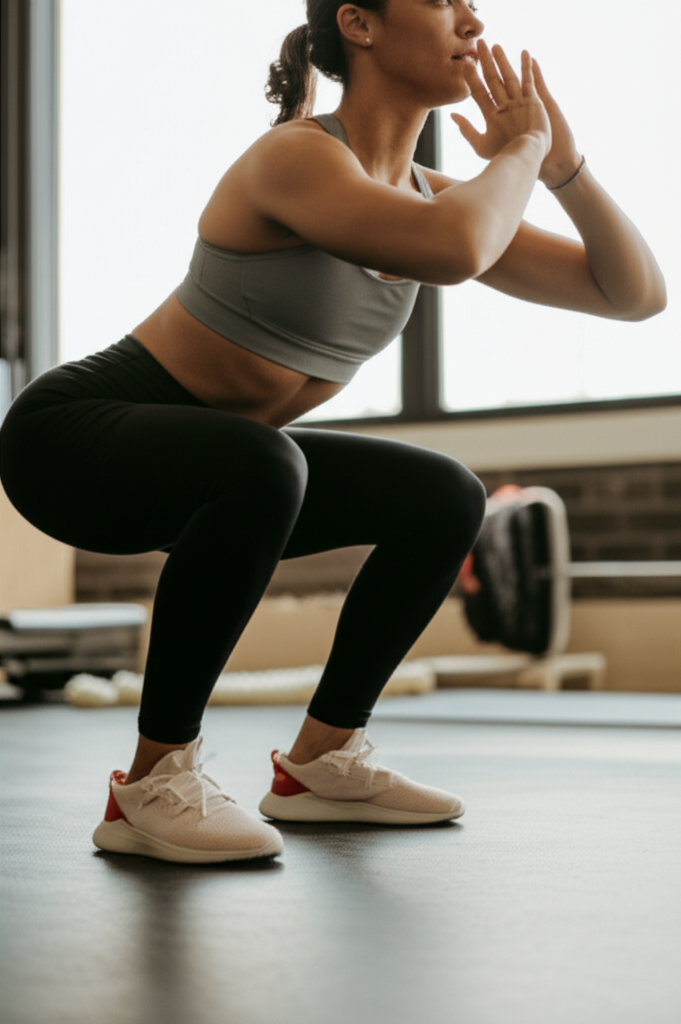
Tips for Maximizing Your 3-2-1 Routine
- Start Small and Build Gradually: Especially for beginners, avoid overexerting yourself too soon. Begin with shorter sessions and gradually increase intensity and duration as your body adapts.
- Listen to Your Body: Pay attention to how your body feels. Adjust your intensity or take an extra rest day if needed. The goal is consistent progress, not pushing through pain.
- Fuel and Recover: Proper nutrition and adequate sleep are just as vital as the workouts themselves for muscle repair and energy.
- Track Your Progress: Monitoring your workouts (e.g., weights lifted, duration of cardio, improvements in flexibility) can help maintain motivation and show you how far you’ve come.
- Seek Guidance if Needed: If you’re new to certain exercises or have specific fitness goals, consider consulting a certified personal trainer to ensure proper form and optimize your routine.

The Long-Term Appeal of a Sustainable Fitness Routine
The 3-2-1 workout method isn’t just another fleeting fitness trend; it’s a practical, well-rounded training plan designed for longevity. By offering a clear structure with built-in variety and flexibility, it addresses many of the reasons people struggle to maintain an exercise regimen. It helps build muscle, improve core stability, and boost cardiovascular fitness without leading to burnout. This balanced approach ensures you’re challenging your body in multiple ways, promoting overall physical health and a positive relationship with exercise that you can truly stick with.


